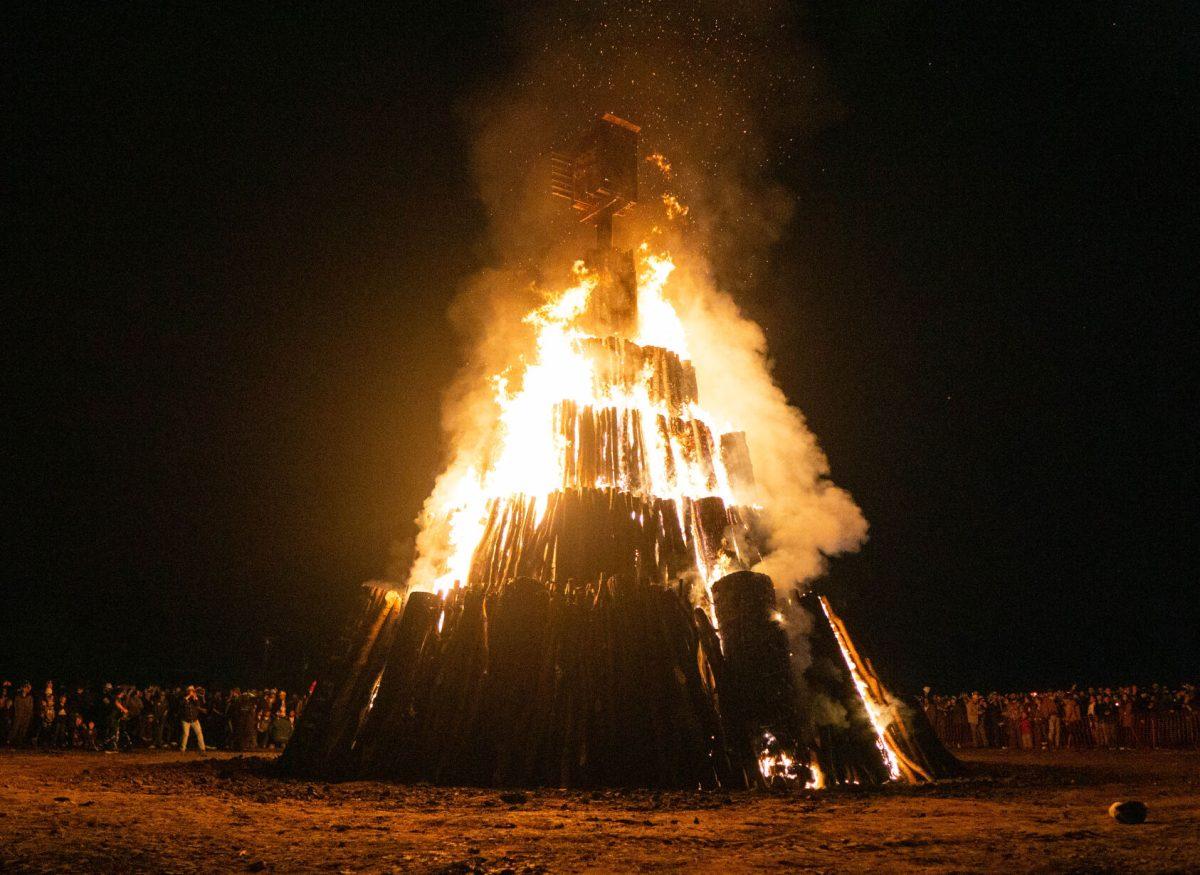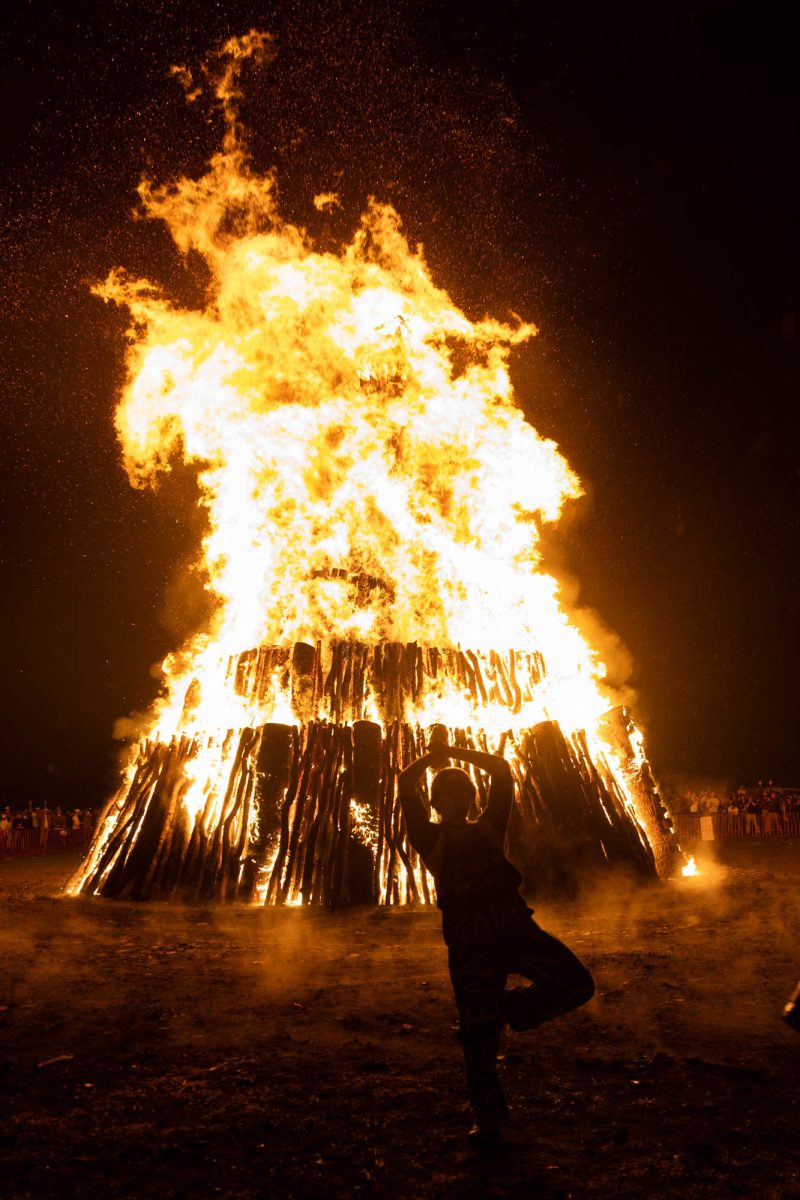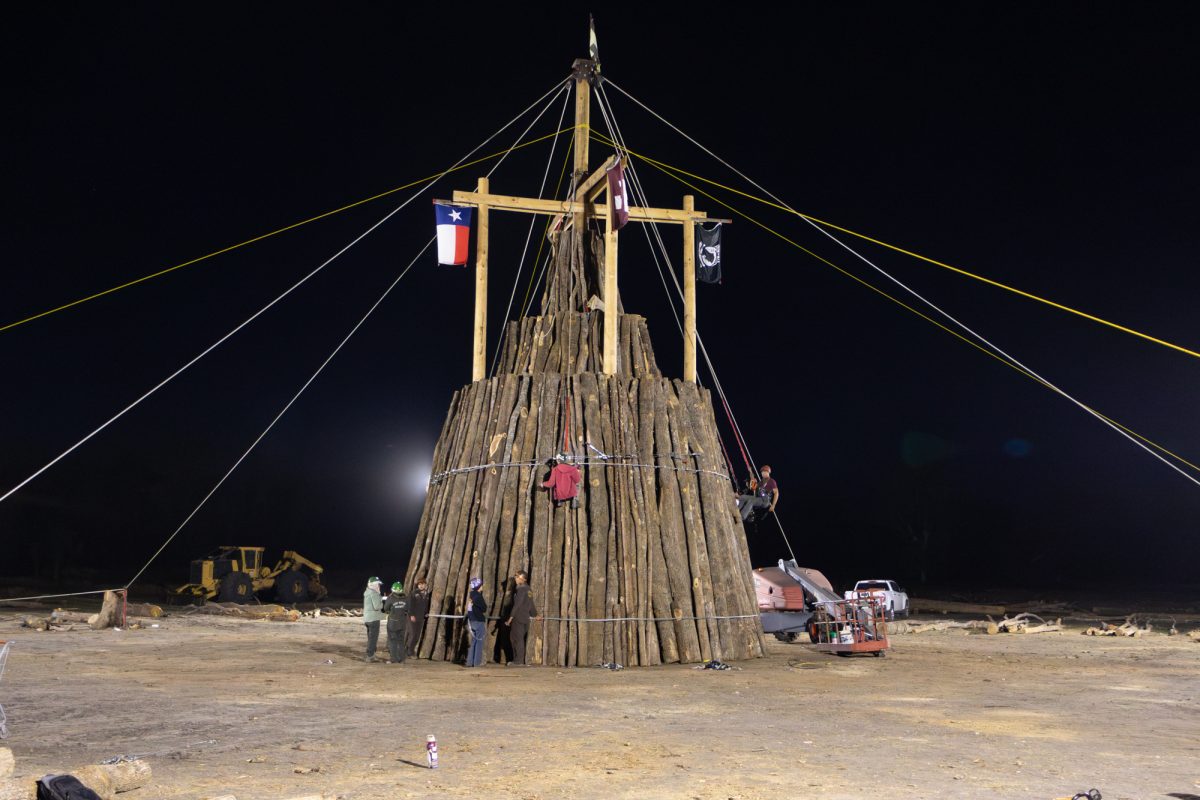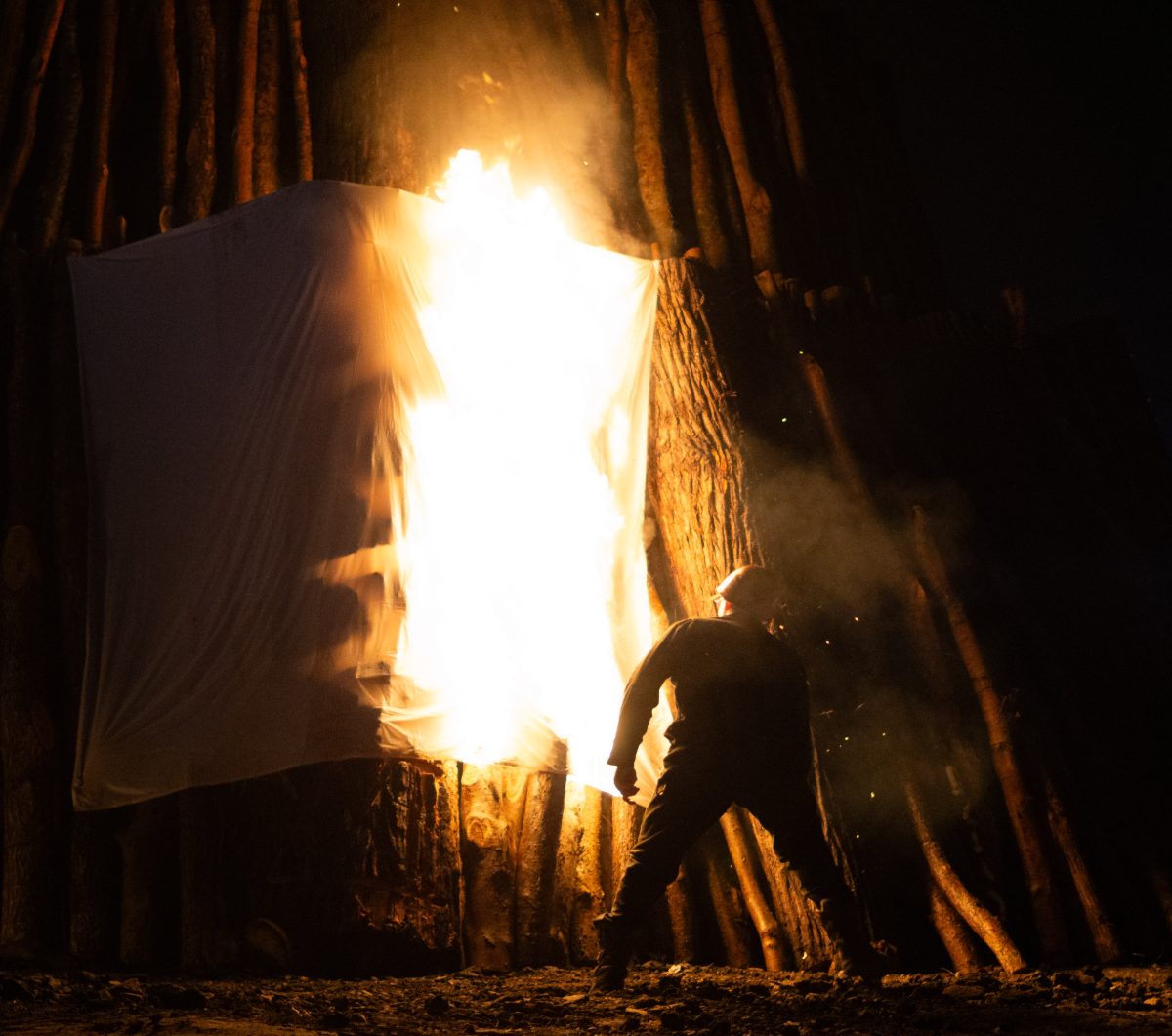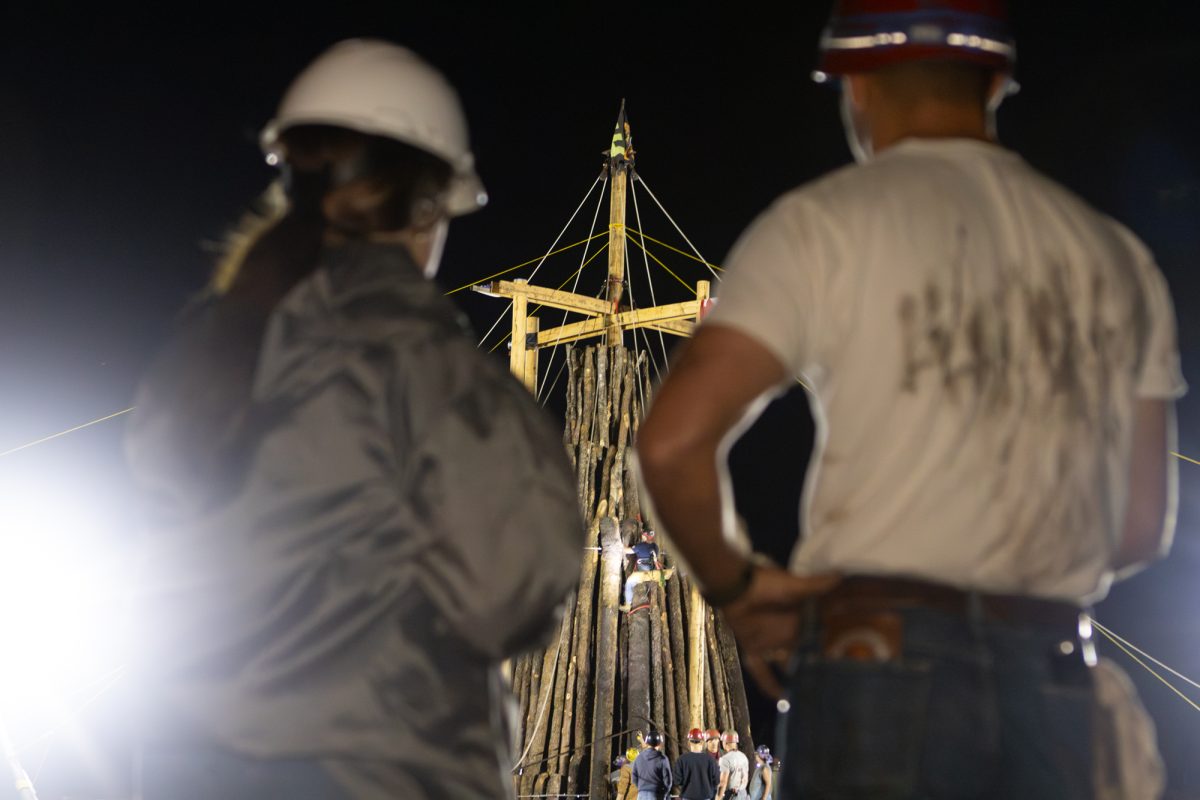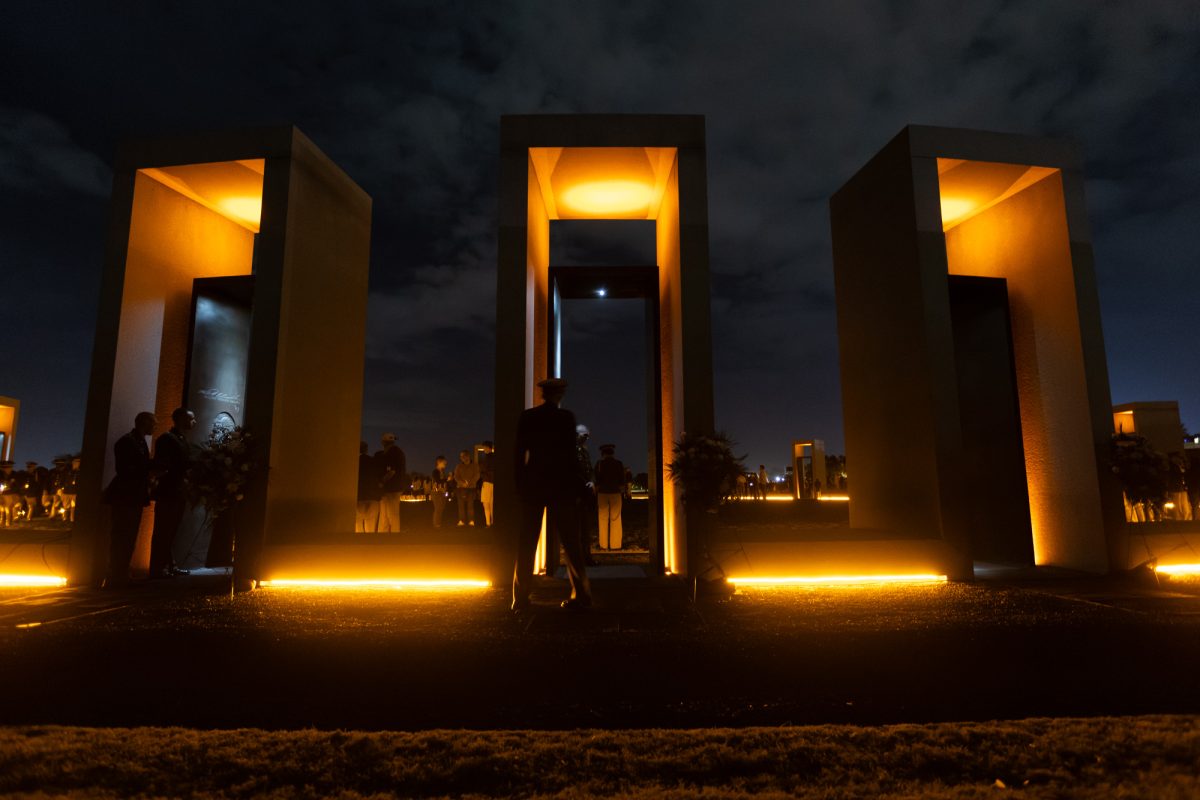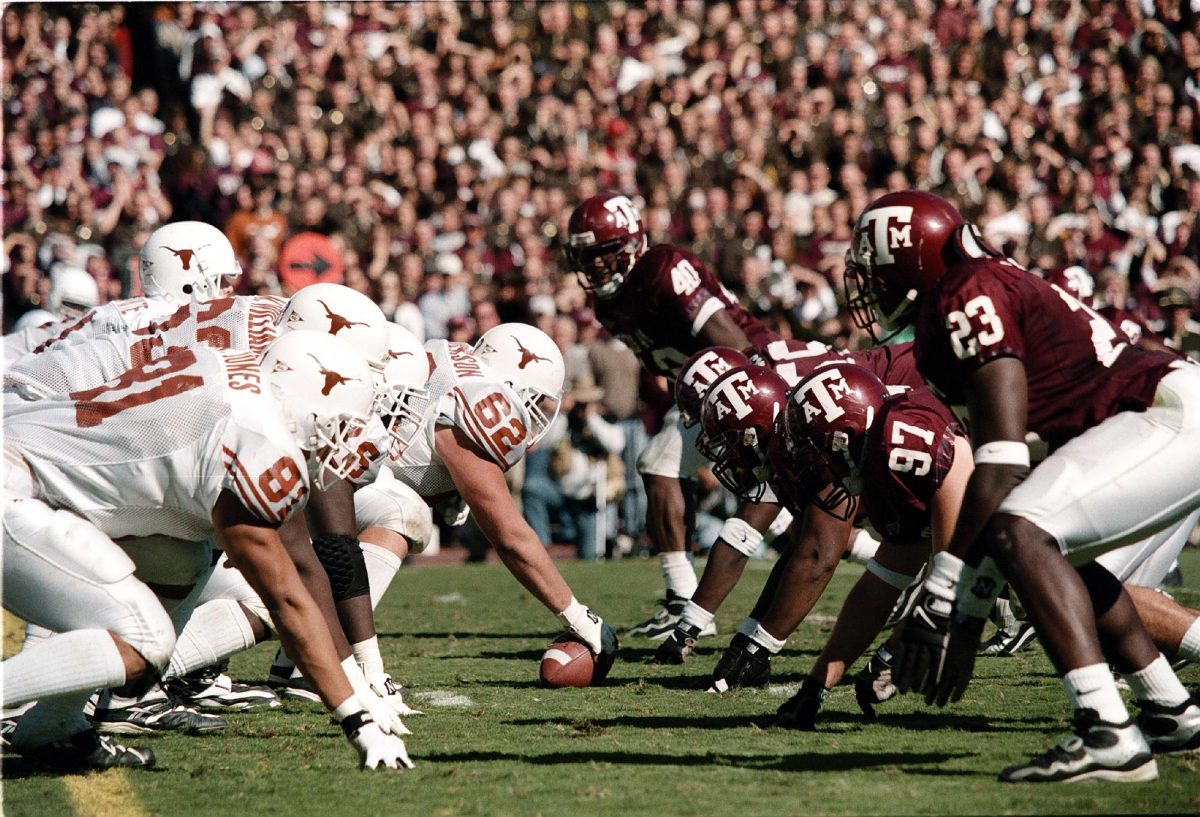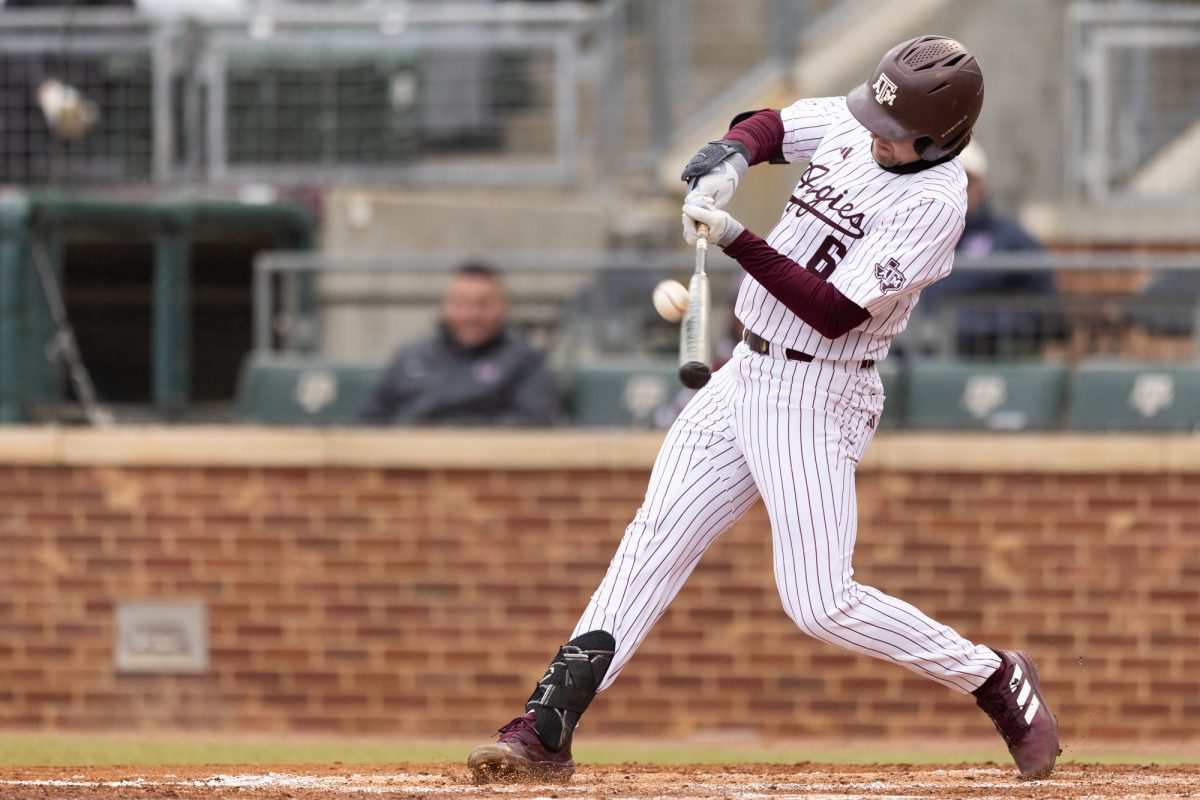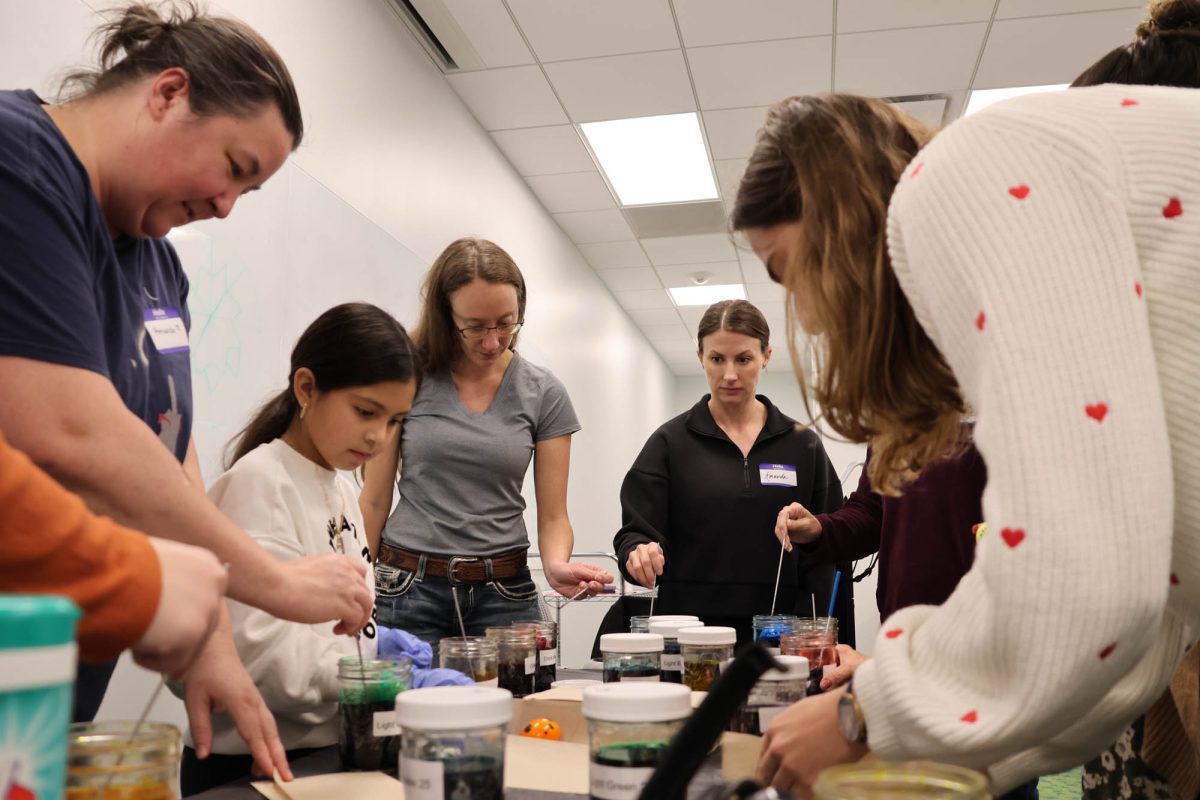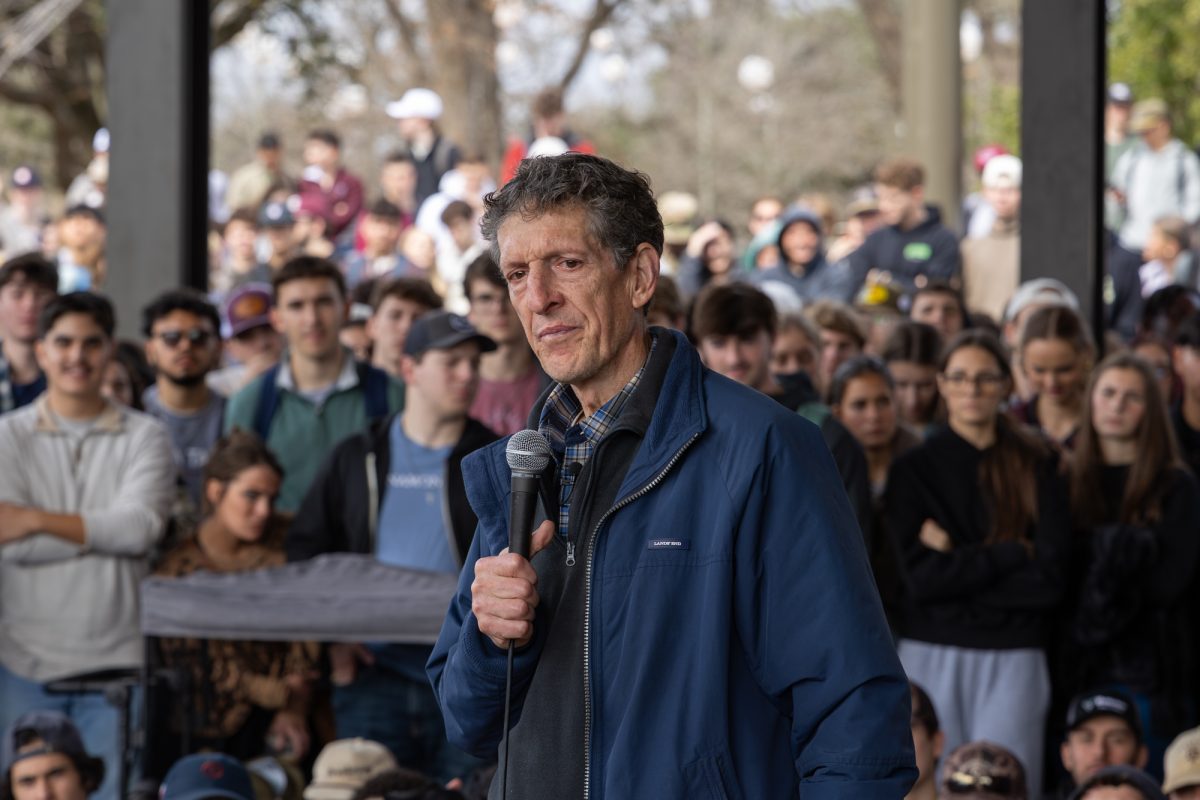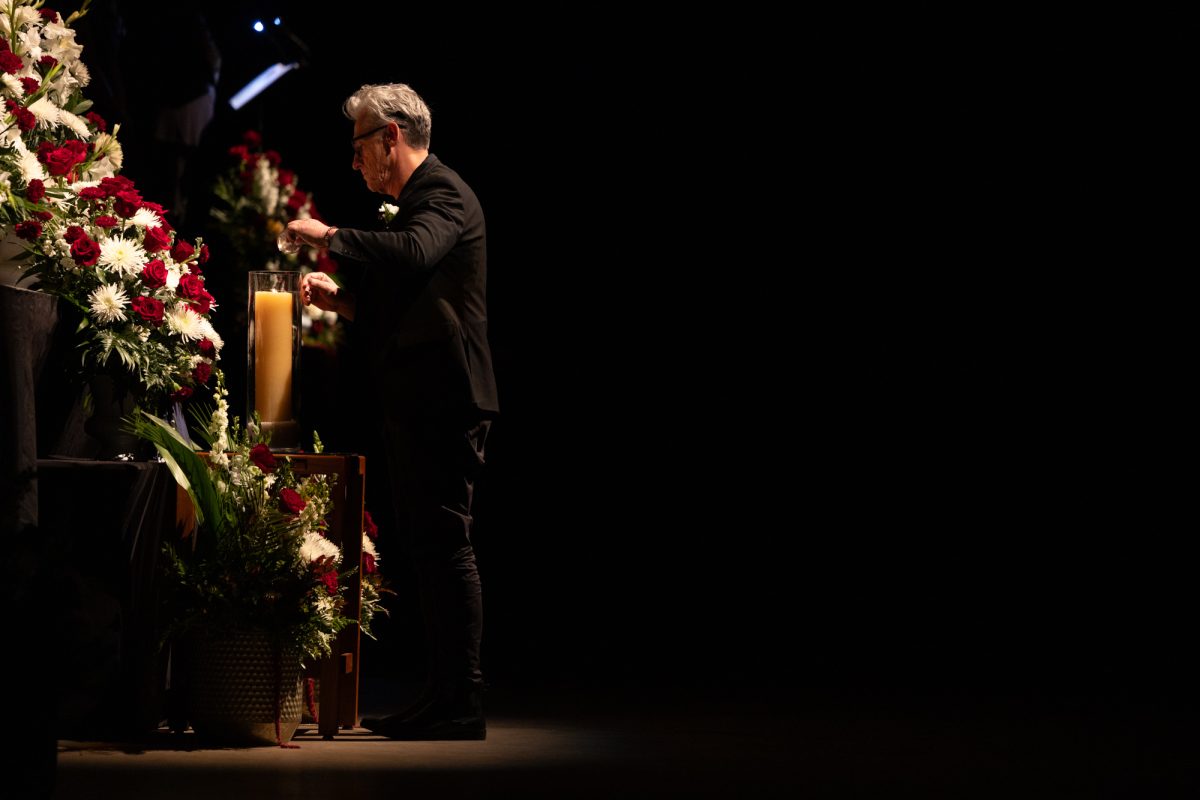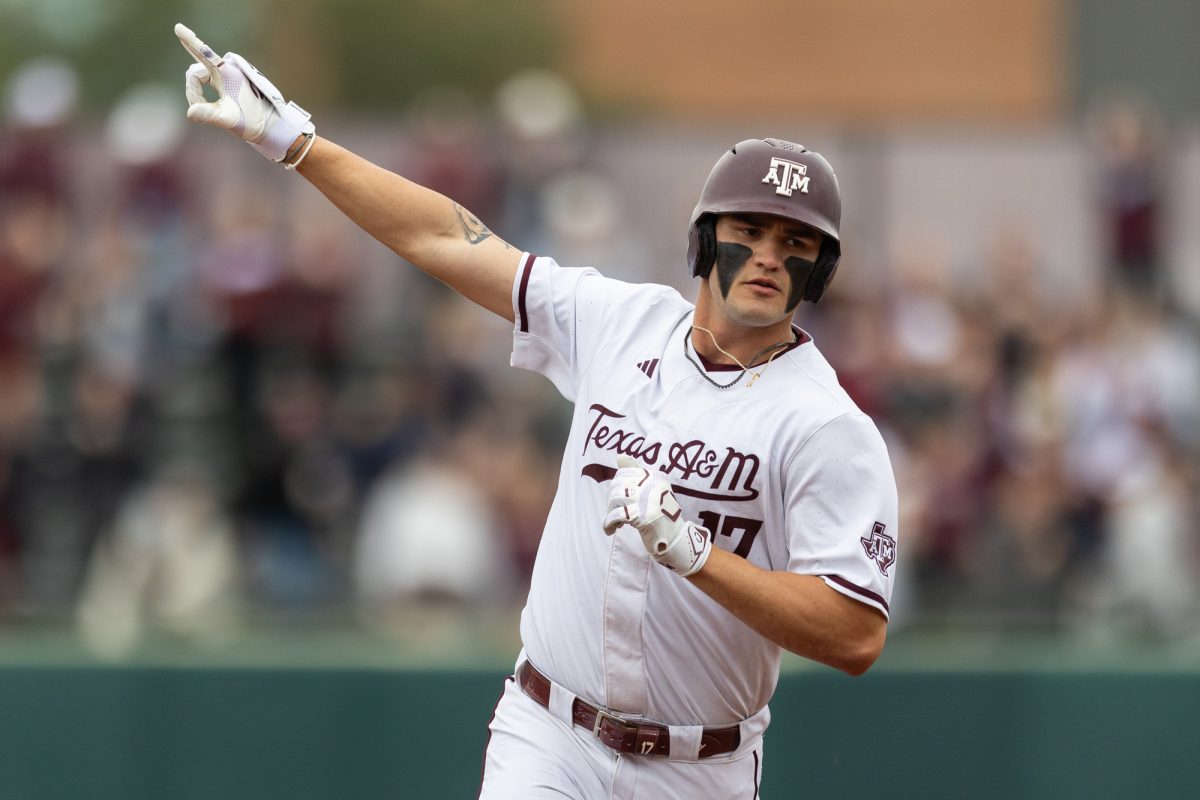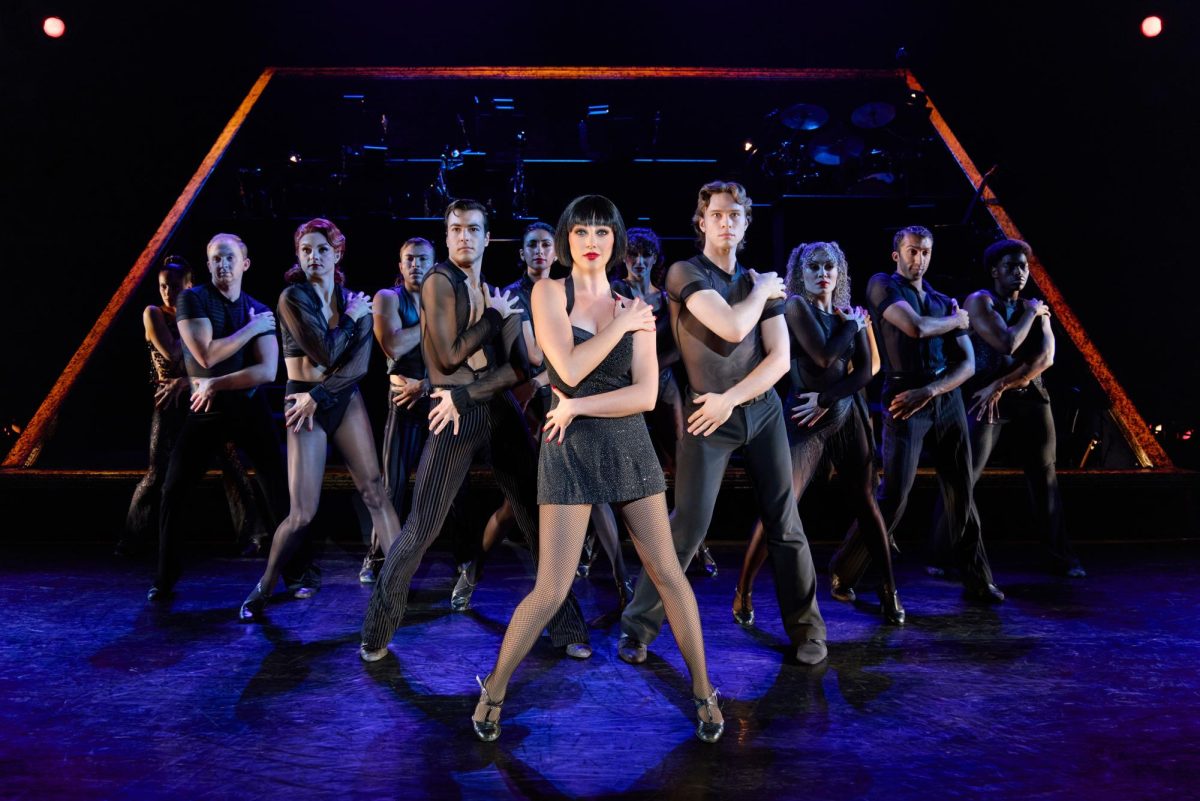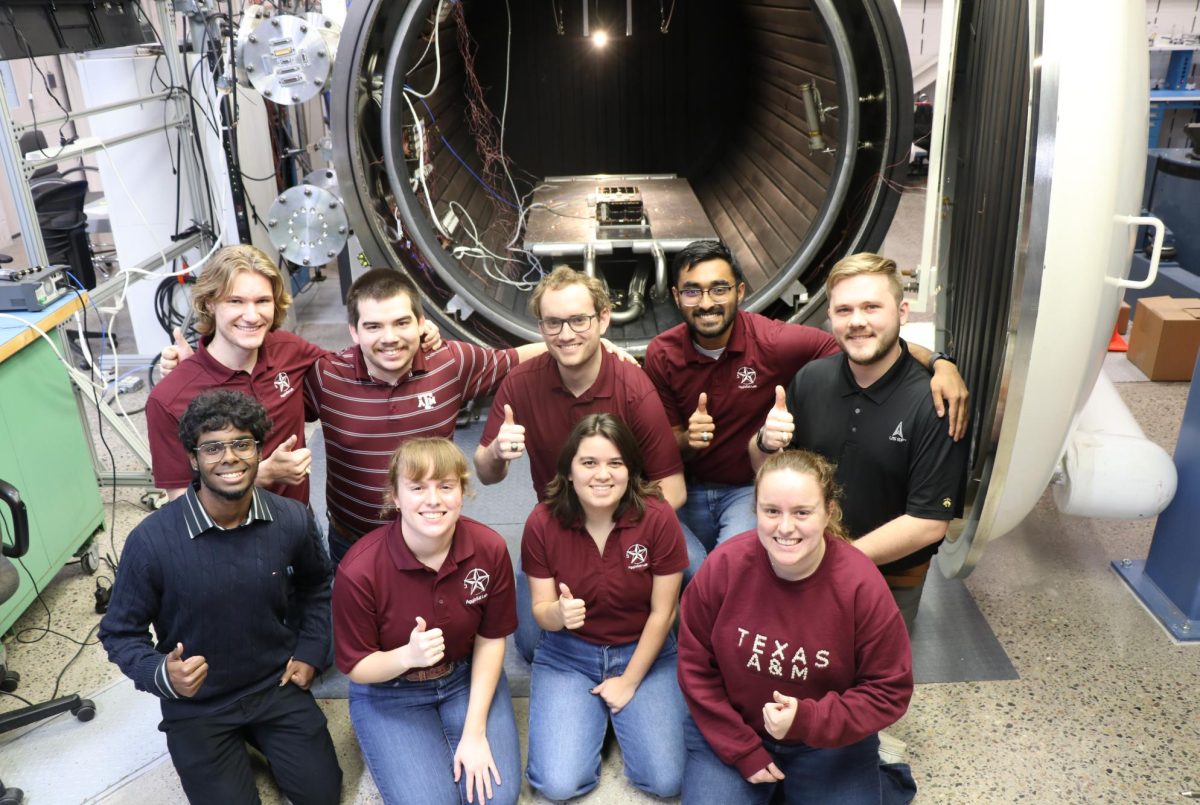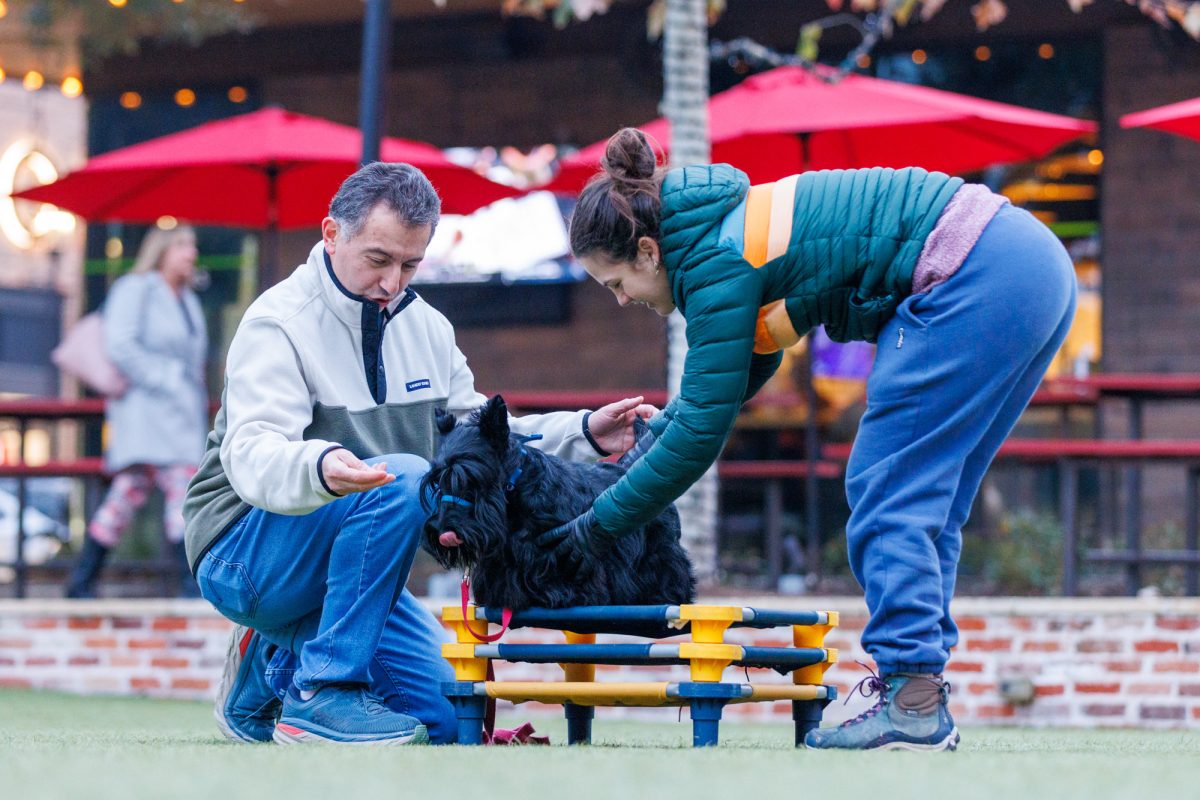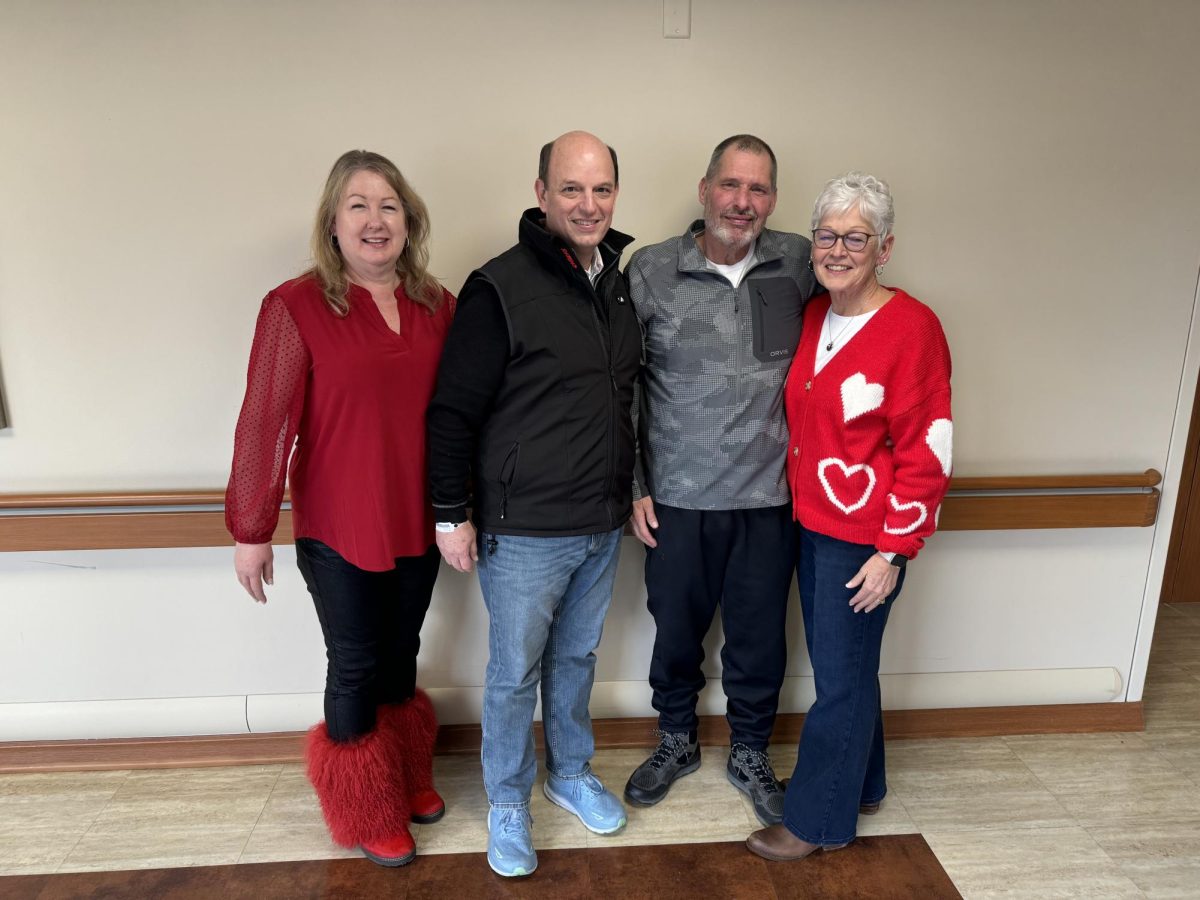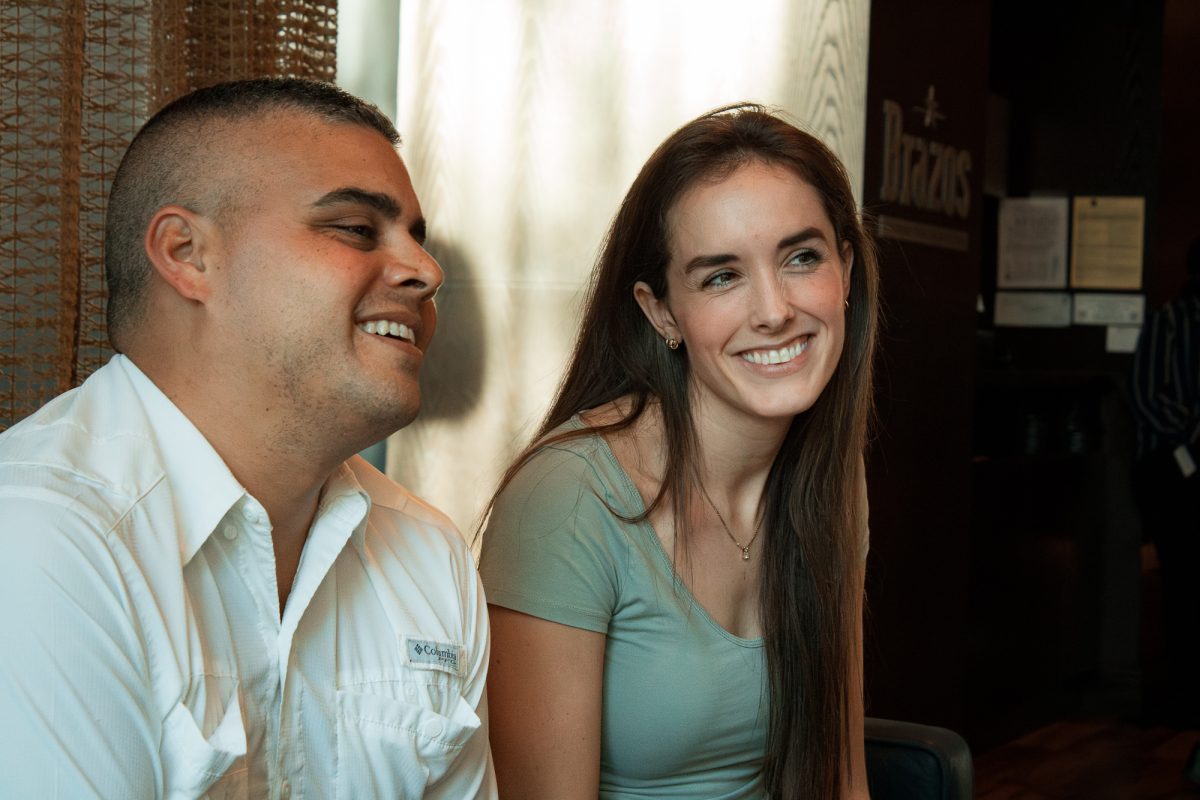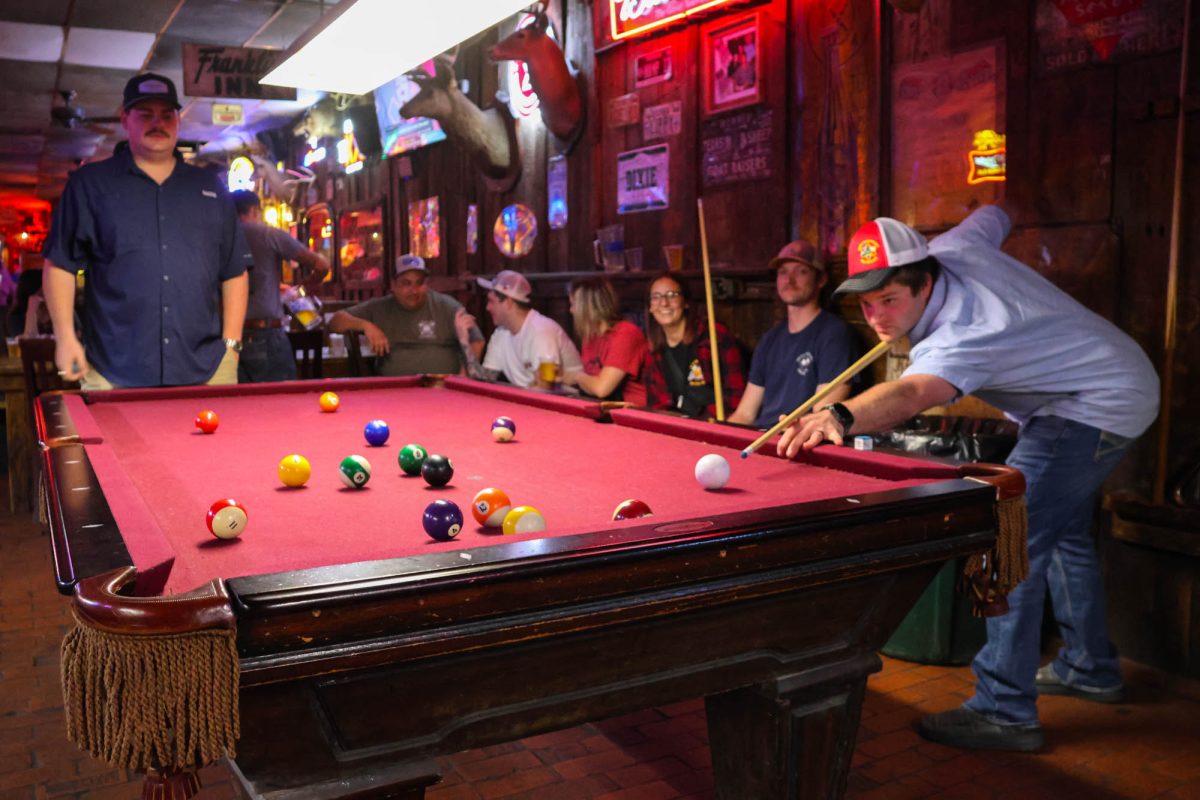Dion McInnis ‘03 had been hearing rumors for several weeks — discussions here, whispers there, all revolving around one hypothetical: a Student Bonfire returned to its original on-campus glory. But he thought the speculation was only that, something especially unsurprising for an event directly preceding the most-anticipated football game Texas A&M had seen in a decade.
That was, however, until he took a December 2023 call from an official who asked him point blank: Would he discuss the possibility with the university?
“My reply at the time is the same as with anything,” McInnis said. “When somebody wants to talk to me about Bonfire — happy to talk about Bonfire. I’ll talk to you about it until you regret ever asking me to start. But you know, I can only talk about the past and where we’ve been and what it took to get where we are, and I can talk about the future and where I think we’re going. But if we’re going to talk about the present … the present belongs to the students.”
A month prior, the Board of Regents had ordered the creation of a special exploratory committee tasked with recommending ways to commemorate the revived Lone Star Showdown against the University of Texas at Austin. Staffed with 20 people from all walks of campus life, the new Rivalry Committee met first on Nov. 16, 2023, to brainstorm ideas.
Through open records requests, The Battalion obtained notes taken during the meeting by the then-Vice President for Student Affairs Joe Ramirez, one of two committee co-chairs, that he emailed the following day to regent and fellow co-chair John Bellinger. Of the 15 bullet points he listed — several of which ended up in the final proposal — one stood out: “Bring back Bonfire.”
By Nov. 21, the two split the 20-person group into three subcommittees: one for events, another for marketing and communication endeavors and a final team focused exclusively on Bonfire.
Chaired by Regent Sam Torn and staffed by Andy Richardson, Trevor Yelton, Brooks Moore, Al Davis and Pete Keating — all notable campus names — the group spent the next six months navigating a scarred university. One of their first acts was calling McInnis, a Class of 2003 alumnus and board member of Bonfire, LLC, the 501(c)(3) nonprofit advising and assisting the students on the ground. As promised, McInnis went directly to the Redpots.
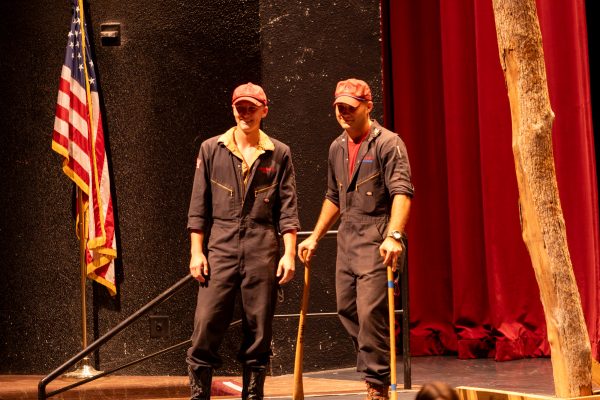
Chosen by the outgoing leadership before a new fire begins construction, the top members of Student Bonfire — dubbed Redpots — have an almost sacred duty. But when they learned of the subcommittee’s intentions, they felt neither dread nor alarm.
“Whatever happens, students will be building a bonfire in 2024,” McInnis said. “And all of the nuances of that — where it would be built and everything else — was not anything that they should or could worry about. All they had to worry about was preparing themselves and preparing their people and preparing the organization to do what it was that they said that they were going to do, which is build a bonfire.”
The duo met the regent leading the subcommittee the following month to discuss the proposal. But despite Regent Torn’s hope that there be no “competing bonfires,” manufacturing & mechanical engineering technology senior Mason Taylor and civil engineering senior Jason Reynolds, the Redpots at the time, thought a Bonfire built with no student involvement — the only method A&M could pursue due to legal and financial constraints — was no Bonfire at all.
“Bonfire is about building up the student body,” Taylor said. “It’s the best leadership lab in the country and probably in the world. It’s about the students. It’s about the process of building it. It’s not about the burn. We burn just to clear the field for the next year.”
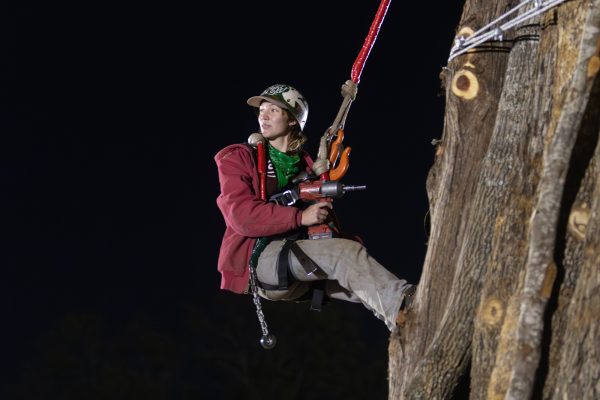
The subcommittee sent letters to the families of the 12 victims who died in the 1999 accident asking for their support. According to Bellinger, several agreed with the effort.
The four proposals analyzed were a student-constructed bonfire, an artificial bonfire, not recommending one in general and an engineered, contractor-built bonfire. The latter won the subcommittee’s unanimous vote on Feb. 14, 2024.
The following months were slow. But the decision hadn’t been put to a full 20-person vote yet, and it faced opposition from other members not on Bonfire’s subcommittee, including former football coach and athletic department administrator R.C. Slocum and then-Student Body President Andrew Applewhite. Only months later would the blow that ultimately unraveled the fabric come — from the inside. In April, an anonymous committee member leaked the proposal and a letter meant for a victim’s family to the Texas Tribune, spurring alumni uproar.
It wasn’t long before letters, op-eds and emails appeared in the Rivalry Committee members’ inboxes: a lawyer who worked on the post-collapse lawsuits who said reinstating it would be “a painful reminder of their ultimate sacrifice,” a professor who served on a commission that studied the tragedy offering to speak to the group and a Class of 1999 alumnus who said contracting out Aggie Bonfire while keeping the same name “is deeply, profoundly offensive.”
Just days later, they sent their official recommendations to Welsh. He responded in a memo dated May 31, 2024, accepting every recommendation — including a flyover, a parachute jump into Kyle Field and a coin toss with Gov. Greg Abbott — but one: reinstating on-campus Bonfire.
“Regardless of what happened, one way or another, students would be building Bonfire and leading it and being responsible for it,” McInnis said.
Student Bonfire burns on Saturday, Jan. 25 after a now-lifted burn ban in Robertson County delayed it last year. This November’s Bonfire is currently in its beginning stages of construction.




